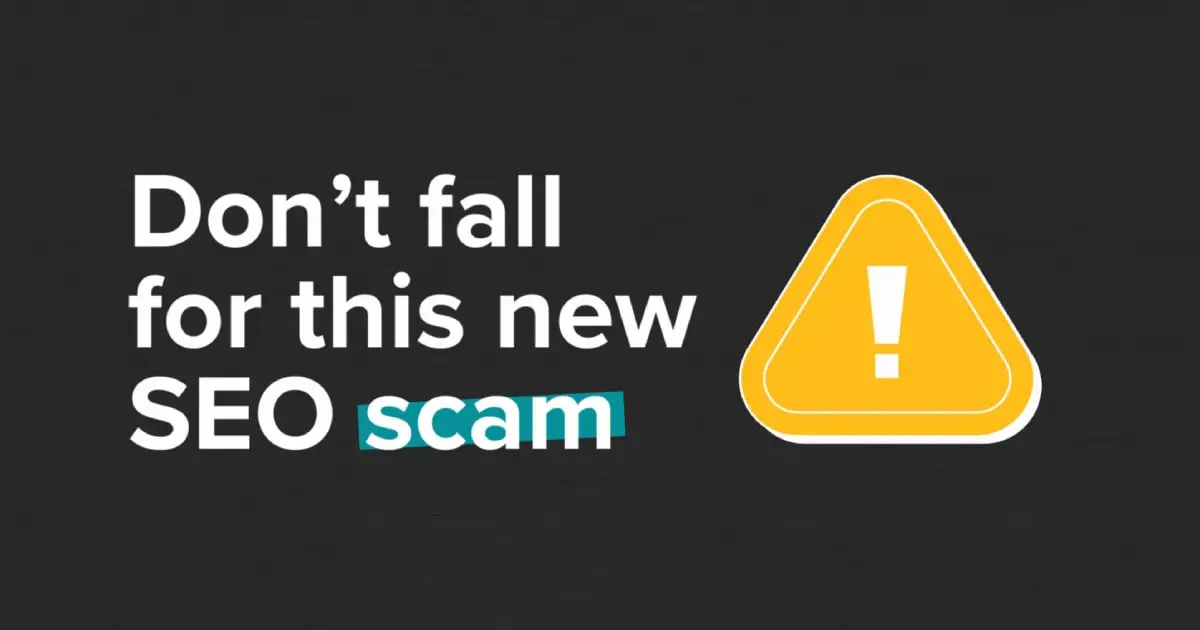


Mel Gibbons
28 October, 2022

Here’s why you need to conduct regular content analyses to improve your website’s content and increase your website’s rankings:
Most people have strong feelings regarding the material and content they find on websites. Search engines do as well. Regularly updated material is one of the most fruitful attributes of a website’s relevance. Ensure to analyse your content regularly and make modifications as and when needed.
When viewed through a reader’s eyes, readability and distinctiveness are linked. Content is only worth reading if it is distinct from what is available elsewhere, which is why you need to do a content analysis of your website quite regularly. Nobody enjoys reading the same stuff over and over again. If your blogs or website contain penalised content, search engines may flag it, and your rankings will fall. Here are the main aspects for improving your ranking through distinct content:
You can also include images in the text, this helps clarify the written information and offers a visual aid to support your text. Graphics add great value to your material particularly when writing recommendations or how-to guides. You can include photographs in your material in the following ways:
Featured snippets are concise responses to user questions. Search engine crawlers thoroughly examine websites to feature the finest responses to the audience’s most asked “trending” questions. It is helpful to search for queries in your rivals’ FAQ sections to look for trending problems and user searches. Then, you can ensure your articles answer these questions, which will improve your SERP (Search Engine Results Page) ranking.
Another helpful strategy for improving your SERP analysis score is to place links in your content. If you’re unsure about how linking works, you can always get help from top providers of SEO services in Adelaide, to formulate a strategy that will be efficient and beneficial for your SERP analysis score.
You can use the linking technique in the following ways:
Keywords are the foundation of search-engine-optimised content. These keywords should appear in the article’s headings, subheadings, and body. Keywords are generally in charge of linking material to search queries. Throughout your article, you should incorporate keywords that people will look for. However, If the page and website are oversaturated with keywords, Google will detect this and penalise your ranking. Ensure to embed keywords into your content in a natural way for the best results.
Include them in your header tags and even your image captions. It would be helpful if you also used long-tail keywords, which are three or four-word phrases that users can find in a search. For example, when seeking something, someone is unlikely to search for the word “school.” Alternatively, they may type in “top school in Adelaide.”
If your keywords match their search, your website has a better chance of ranking higher.
SEO takes into consideration many factors, all of which can seem quite intimidating. It’s easy to not know where to start and get caught up in content analysis and not actually implement any changes. However, content is the most important thing for ranking your website higher in SERPs. The goal should always be to deliver well-optimised content that visitors find fascinating to read and which they benefit from. The techniques and recommendations listed above can surely help increase traffic and rank your website high on major search engines.
Join hundreds of businesses boosting their knowledge with our monthly insights.
Contact us for an online marketing solution to build your brand and grow revenue.
Contact Us 1300 055 000
1300 055 000

